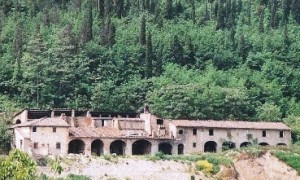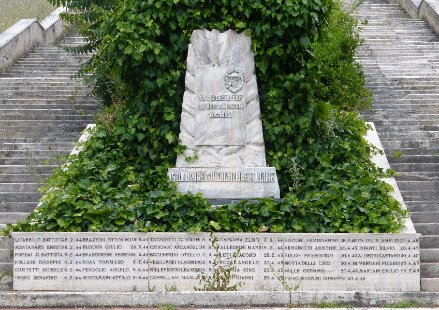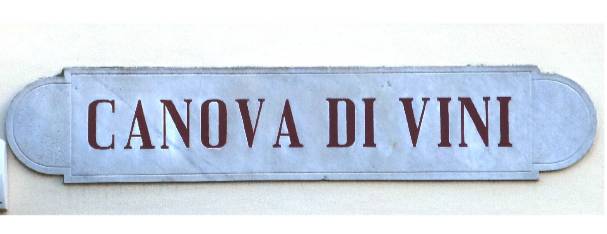
One of the traditional skills of the Ripolese territory has been that of the kilnman. Some dozens of pottery kilns were scattered somewhat everywhere from the Arno to the Ema and in the valleys of Grassina and the Isone.
Each farm had its own furnace (Belmonte-Ginori, La Torre-Peruzzi, Colle-Valori, Le Mura-Gianni, Mondeggi-Della Gherardesca, Lappeggi-Medici) but there were also those managed by the kilnmen Casprini, Corti, Frosali, Montecchi, Pesci, Ricceri and Vantini. Unfortunately, they have all disappeared and none have survived in the new century: abandoned to the inexorable siege of nature, they have been transformed into civilian homes or even demolished.
Today, there remains only a few names such as Fornace (Furnace), Le Fornaci (The Furnaces), Fornaccio, Casa Bianca and Piazza Calda but we should remember that this activity involved hundreds of workers for centuries. Mainly peasants worked in the farm furnaces who had been turned away from work in the fields when there was a need for bricks, tiles and lime to build or renovate company farmhouses.
But other furnaces produced a work of artiginal excellence on behalf of a third party. From the skilled hands of clay shapers came pitchers, basins for lemons, flower pots, garden furniture and all kinds of tiles that have enriched the villas of the countryside and the palaces of Florence. For example: the roofing of the Uffizi, of the church of Santo Spirito and of the Pitti Palace were made by Ripolese kilnmen.
One can speak of a true civilization of brickwork because the workforce was diverse, unique and valuable around which revolved a world of entire families who would live independently in the midst of the four elements: air, water, earth and fire. Skilled laborers were the potterers and sculptors but, above all, the firelighters who lit the fire with rituals handed down from father to son and who knew how to manage the energy source from upon which the success of the brickwork depended.
Those who have directly experienced life in the furnace or who have been spectators remember with emotion and regret the “brickwork pieces” which were the opportunity to gather in front of the fiery mouth of the furnace and spend all night as if to celebrate an event at the end of a working cycle which had its roots at the dawn of history.








